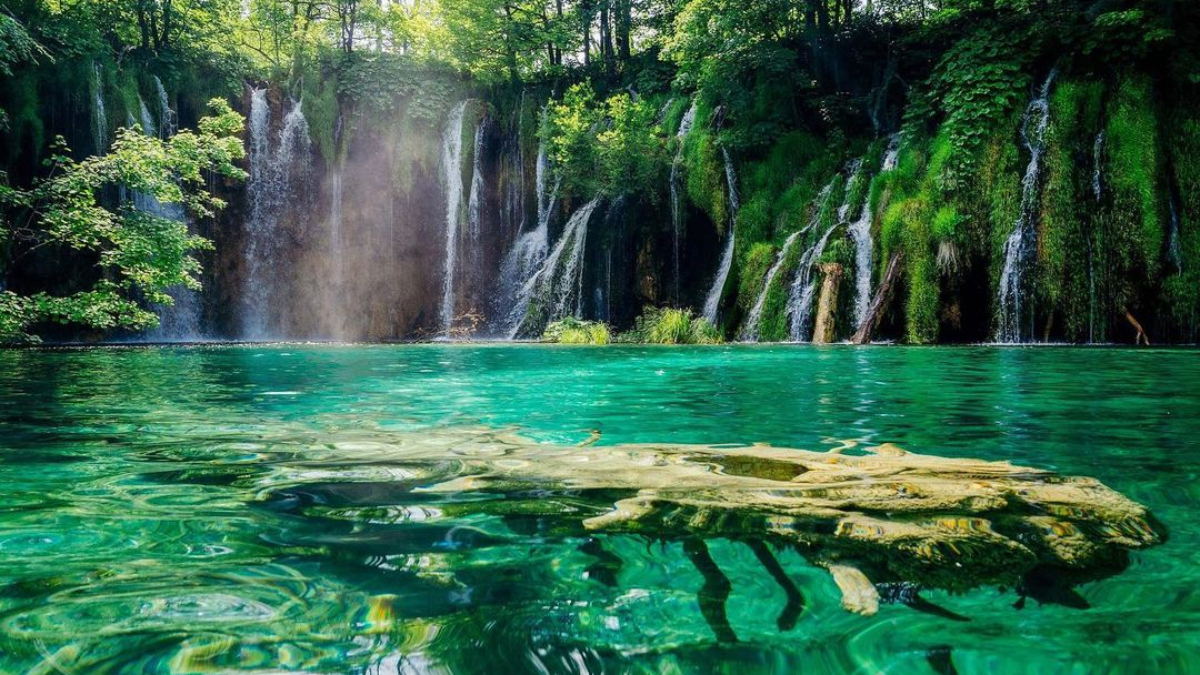Waterfalls, with their breathtaking beauty and awe-inspiring power, are nature’s masterpieces that captivate the human imagination. These natural wonders are formed through a fascinating combination of geological processes that shape the earth’s landscape. In this article, we will delve into the intricate journey of how waterfalls are formed, exploring the geological forces that contribute to their creation.
Formation of Waterfalls: Waterfalls typically originate from rivers or streams flowing across diverse terrains. The process of waterfall formation involves a series of geological events that shape the landscape and carve out these stunning cascades. The primary factors contributing to waterfall formation include erosion, geological structures, and changes in the flow of water.
- Erosion: Erosion, the gradual wearing away of rock and soil, plays a crucial role in the formation of waterfalls. As a river or stream flows over varying types of rock and terrain, it carries sediments and debris along its course. Over time, this constant flow of water erodes softer rock layers while leaving more resilient layers intact, creating variations in elevation.
- Geological Structures: Geological structures, such as faults and fractures in the Earth’s crust, significantly influence the formation of waterfalls. When a river encounters resistant rock layers, such as hard granite or basalt, it may erode the surrounding softer rock more rapidly. This creates a drop in elevation, leading to the formation of a waterfall. Fault lines can also influence the direction of rivers, causing them to flow over steep cliffs and creating dramatic waterfall landscapes.
- Changes in Water Flow: Alterations in the flow of water can trigger the formation of waterfalls. One common scenario is when a river encounters a sudden change in gradient or encounters an obstacle like a resistant rock layer. The water accelerates as it flows down steeper terrain, intensifying the erosive force and contributing to the creation of waterfalls.
Stages of Waterfall Formation: The process of waterfall formation generally unfolds through several stages:
a. River Incision: The river cuts down into the landscape, gradually forming a steep channel.
b. Differential Erosion: Softer rock layers erode more rapidly, creating a step-like structure in the riverbed.
c. Vertical Erosion: The river continues to cut vertically, deepening the channel and forming a distinct drop in elevation.
d. Waterfall Formation: As erosion progresses, a waterfall is born, characterized by water cascading over a vertical or near-vertical cliff.
Iconic Waterfalls and Their Formation: Several famous waterfalls worldwide showcase the diverse ways in which these natural wonders are formed. For example:
- Niagara Falls: Formed due to the retreat of glaciers during the last Ice Age, creating a steep drop in the Niagara River.
- Angel Falls: Located in Venezuela, it is the world’s highest uninterrupted waterfall, formed on the Auyán-tepui mountain due to the erosion of sandstone.
Conclusion: Waterfalls stand as testament to the dynamic forces that shape our planet. From the powerful erosive capabilities of flowing water to the influence of geological structures, the formation of waterfalls is a testament to the Earth’s ever-changing landscape. Studying these natural wonders not only enriches our understanding of geology but also allows us to appreciate the sheer beauty and complexity of nature’s design.

